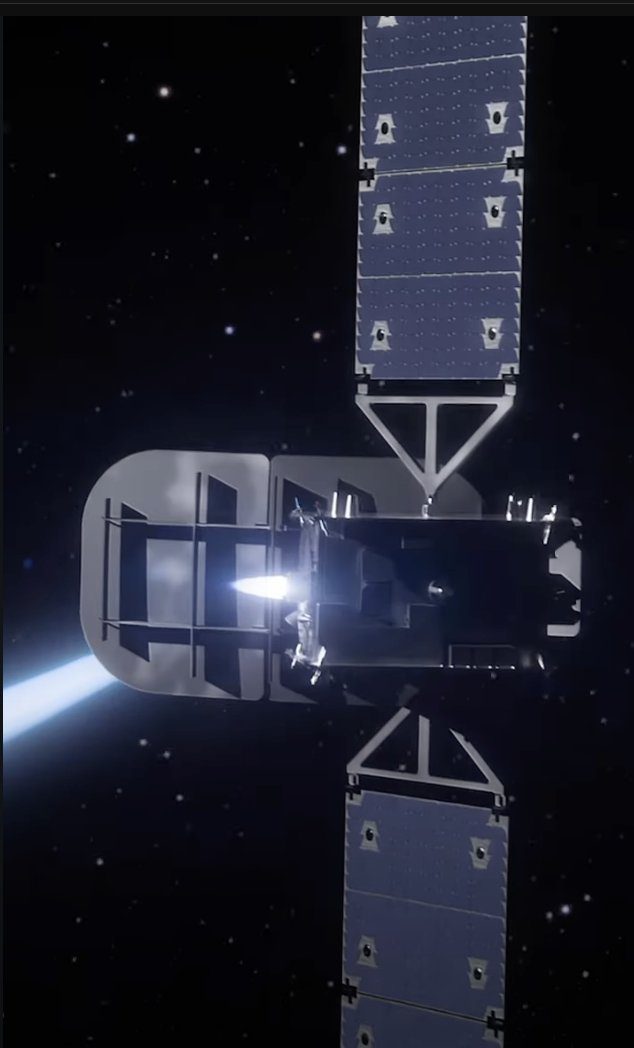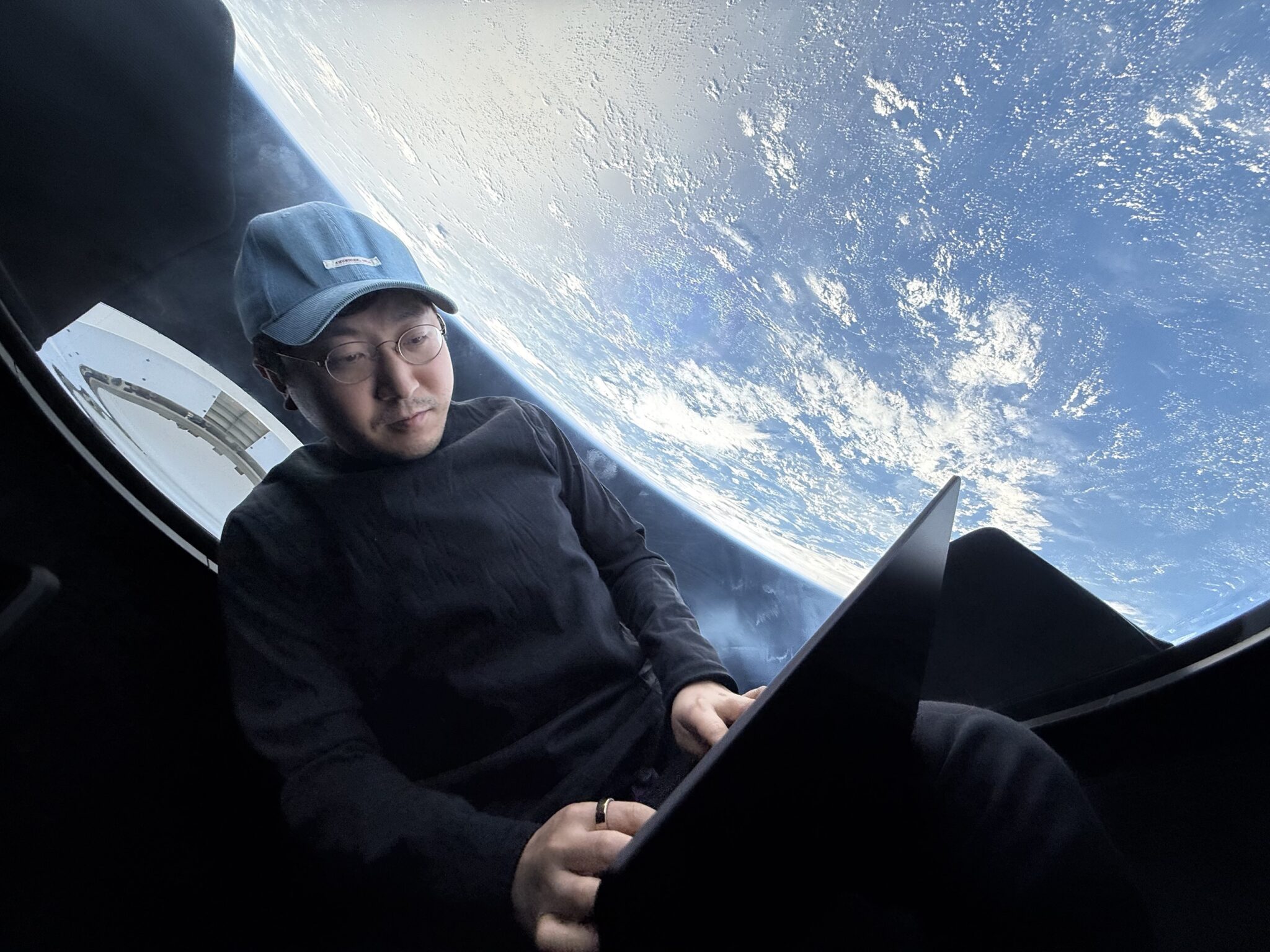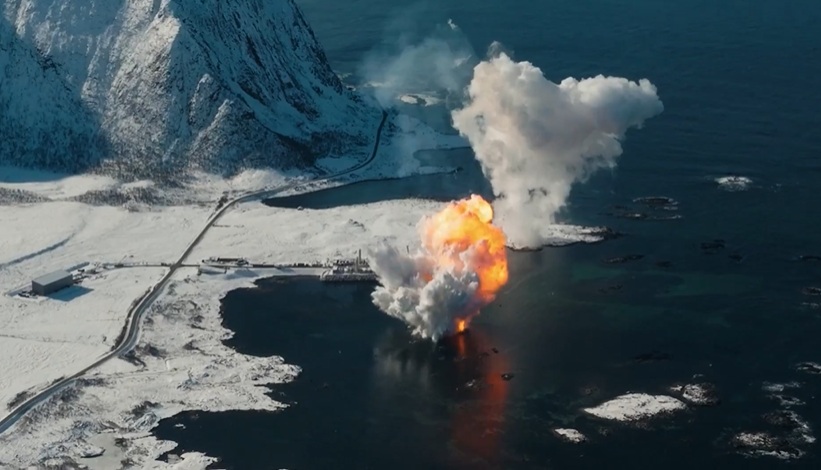NASA is considering launching Moon rock samples into low lunar orbit using refuelled Altair lunar lander descent stages to overcome the cargo return limitations of its Constellation programme vehicles
After each of the lunar missions, expected to start in 2020, NASA’s scientists want hundreds of kilograms of lunar rock brought back for analysis. But the space agency’s transportation system can only deliver 100kg (220lb) while the Apollo programme could bring back 110kg
The 100kg limit is due to the Altair lunar lander and Orion crew exploration vehicle’s capabilities. So NASA has set a goal of increasing its sample return capabilty to 250kg. Conceivably, once in orbit the reused descent stage would be met by Orion and its rock samples transferred by astronaut extra-vehicular activity?
NASA’s Altair project office manager Kathy Laurini told Flight no robotic sample return vehicle was being considered with that refuelled descent stage and she did not know how the stage’s sample cargo would reach Earth
“Maybe we could build Altair so it can be reused but you would need to get the fuel there. We have a couple of years to work on these problems,” says Laurini, who replaced Lauri Hansen on 1 October 2008
Another reason to reuse the landers would be to reduce the number needed and limit what Laurini described as the “boneyard on the lunar surface” of spent descent stages
Before Christmas Laurini’s team also started discussing a recyclable Altair. This would see landers disassembled on the Moon and their components used for surface elements and their materials as feedstock
NASA is to award contracts for conceptual Altair design work by July. This industry work will follow the agency’s Lunar Design Analysis Cycle-3, which ends in March, and its first Requirments Analysis Cycle that will look at overall vehicle configurations
Laurini added that “there are Altair designs that look nothing like the ones you have seen. [For deploying habitats] we have side loading designs.”







